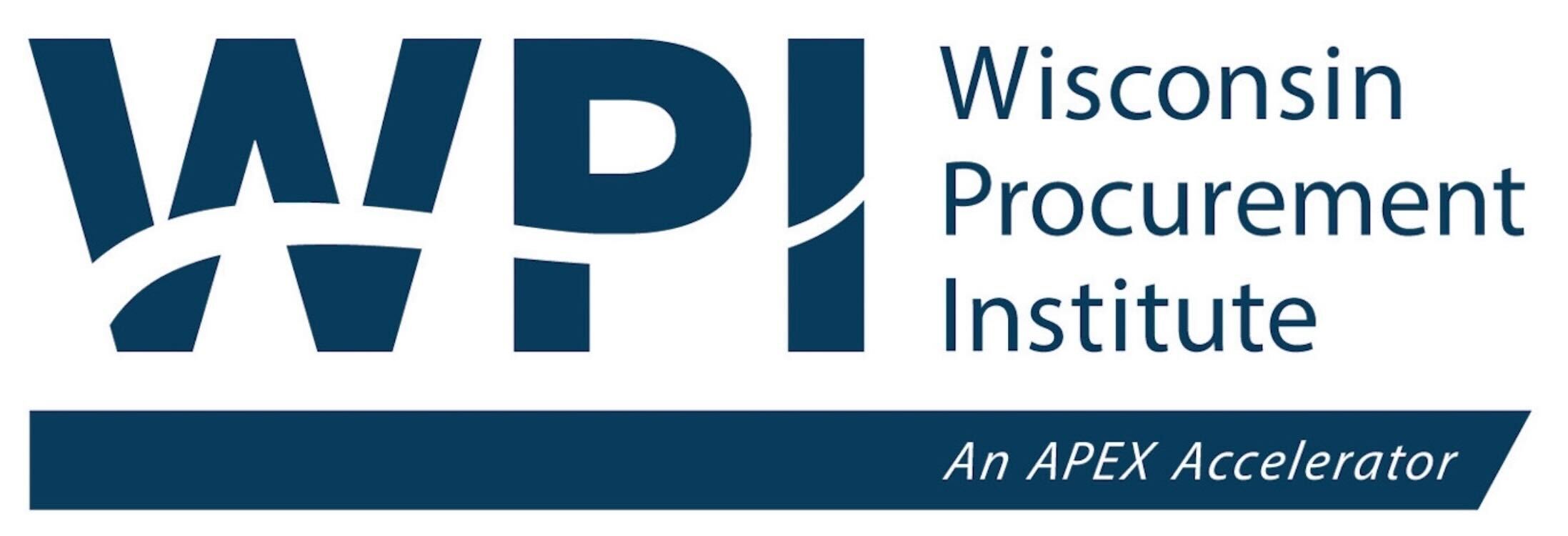July 2024
Your Intellectual Property Webinars: Intermediate/Advanced US Patent Practice for the SBIR-STTR Stakeholders
March 15, 2017| Start Date | March 15, 2017 |
| End Date | March 15, 2017 |
| Time | 12:00pm - 1:30pm Central Time |
| Facility | Webinar |
| Contact Info | Hollis Robinson hollis.robinson@uspto.gov |
| Details | Read More Information |
| Register Online | Register for Event |
For small businesses participating in the SBIR/STTR program,understanding Intellectual Property (IP) ‐ Patents, Trade Secrets,Trademarks, and Copyrights ‐ is necessary to protect your ideas,products and product names in today’s knowledge economy. These90‐minute webinars have been designed specifically to address themost common IP issues facing small businesses funded by theSBIR/STTR program. They will cover all aspects of Intellectual Propertyprotection as well as help you understand your IP Data Rights under theSBIR/STTR grant/contract.
Space is limited to 200 people per webinar! Register early!
Webinars will be offered at 1 P.M. Eastern
03/15 – Intermediate / Advanced US Patent Practice for the SBIR-STTR Stakeholders led by Oleg Asanbayev (Patent Examiner – USPTO)
You have a new technology and you wish to prepare a patent application for filing in the U.S. What should you expect next? In this module, you will learn the importance of freedom to operate, the critical nature of an effective filing date, and the difference between actual reduction to practice and a constructive reduction to practice under the America Invents Act (AIA). We shall explore in greater depth the issue of the time period for filing a patent application, introduced in the Basic U.S. Patent Practice, including what constitutes public disclosure of your invention and how your own invention can become “prior art” against you in the age of the Internet. A patent application filed for examination before the U.S. Patent and Trademark Office (USPTO) must meet certain statutory requirements for patentability, namely, Utility (35 USC 101), Novelty (35 USC 102), and Nonobviousness (35 USC 103). We will touch on the recent development related to patent eligible subject matter, specifically focusing on the two-part analysis for abstract ideas used by examiners in light of the Alice Corp decision. In the US, an inventor is allowed one utility patent per invention so the importance of statutory and obviousness double patenting will be discussed, as well as the strategic filing of continuation, divisional, continuation-in-part, and reissue patent applications. Finally, we shall outline what to expect from the USPTO after filing a nonprovisional and/or provisional applications, including how to handle initial refusals as well as the appeals process from a final refusal, as well as information about the USPTO Patents Ombudsman resource. This module will highlight the examination and appeals process to better assist you in understanding the mechanics of the patent procurement process and end with a brief discussion of commercialization of patents and common obstacles.
